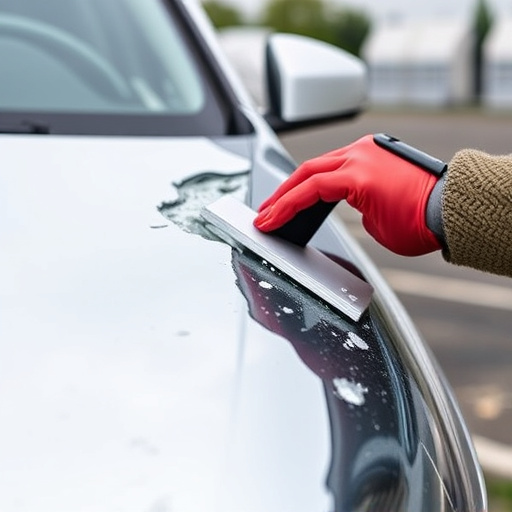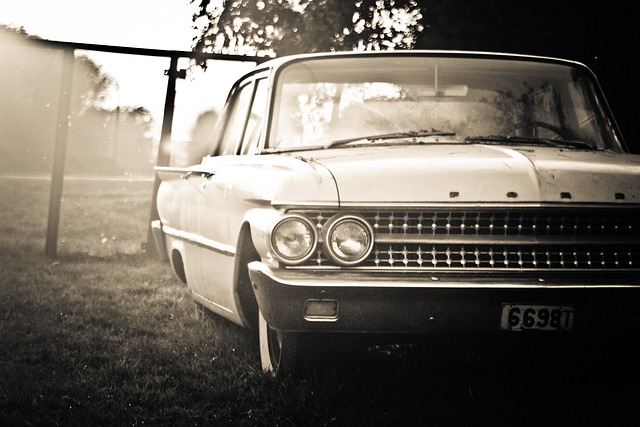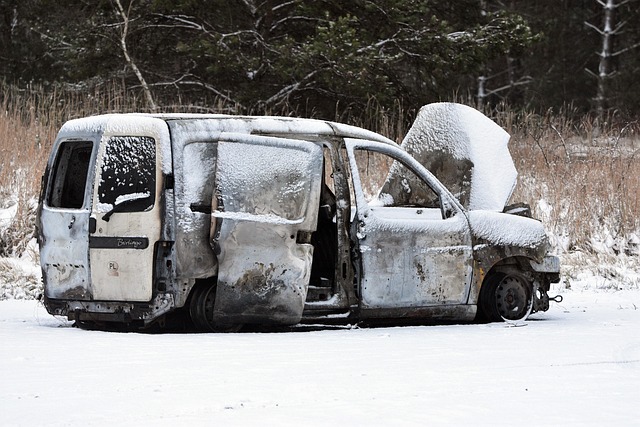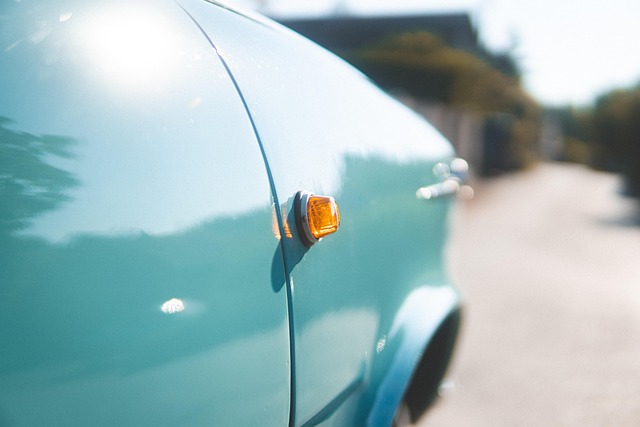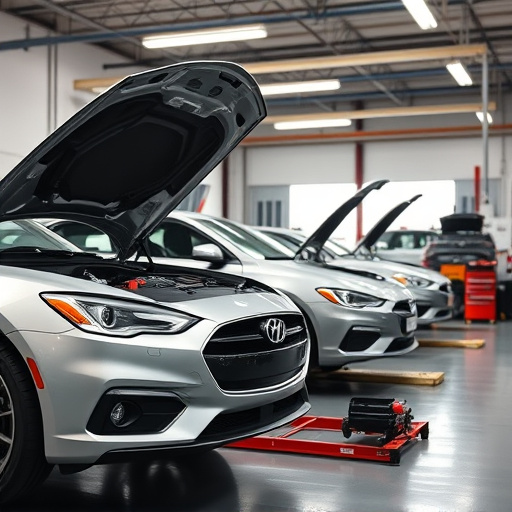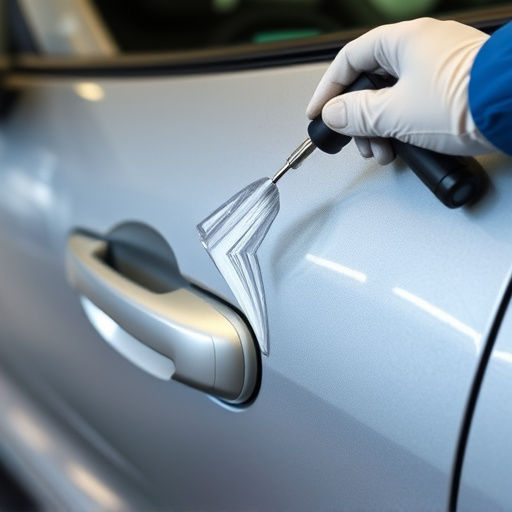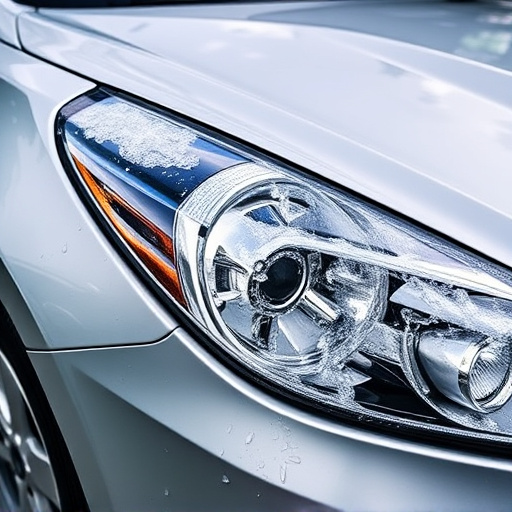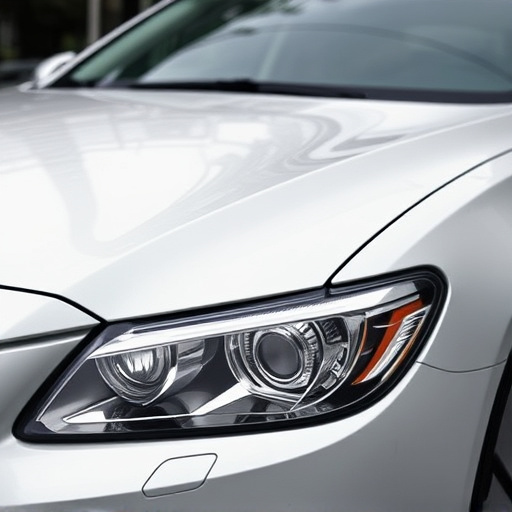Vehicle Frame Inspection is a crucial post-collision process, adhering to OEM guidelines ensures safe, effective, and accurate repairs, preserving vehicle value and structural integrity by identifying even hidden damage. Skilled technicians use advanced tools like laser measurement devices and CAD software for precise measurements after meticulous disassembly of components. Best practices include systematic reviews, using laser alignment tools, documenting steps, and checking for pre-existing issues; while common pitfalls involve overlooking minor dents or essential tire alignment checks. Early attention to these prevents costly future repairs.
In the wake of collisions, accurate vehicle frame inspection is paramount for safe reconstruction and repair. Original Equipment Manufacturer (OEM) guidelines provide essential standards for assessing structural integrity. This article delves into these guidelines, offering a comprehensive guide for professionals. We explore key steps from initial assessment to best practices, highlighting common pitfalls to avoid. Mastering vehicle frame inspection techniques ensures not only the safety of restored vehicles but also maintains their structural integrity and resale value.
- Understanding OEM Guidelines for Post-Collision Vehicle Frame Inspection
- Key Steps in Conducting a Comprehensive Vehicle Frame Inspection
- Best Practices and Common Pitfalls to Avoid During the Inspection Process
Understanding OEM Guidelines for Post-Collision Vehicle Frame Inspection
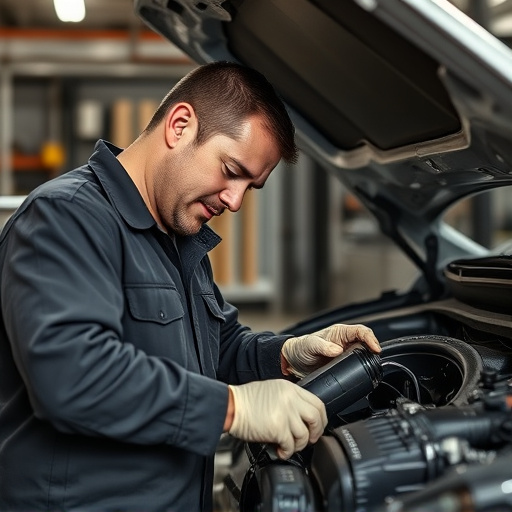
Understanding OEM Guidelines for Post-Collision Vehicle Frame Inspection is paramount for ensuring safe and effective auto frame repair. Original Equipment Manufacturer (OEM) guidelines provide detailed specifications and protocols for evaluating and repairing vehicle frames after a collision. These guidelines cover various aspects, from initial damage assessment to the use of specialized equipment and techniques, all designed to restore the structural integrity of the car body.
Adhering to OEM standards is crucial in collision repair services as it guarantees that the vehicle will be restored to its pre-accident condition or even beyond. By following these guidelines, skilled technicians can accurately identify hidden damage, ensuring comprehensive car body repair. This meticulous approach not only enhances safety but also preserves the vehicle’s value and longevity, making it a key consideration for any auto frame repair process.
Key Steps in Conducting a Comprehensive Vehicle Frame Inspection
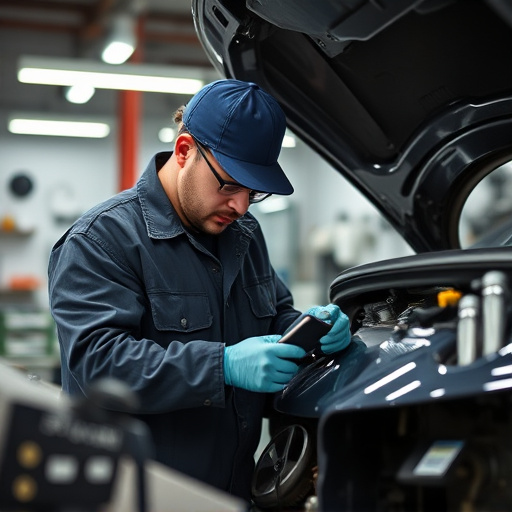
Conducting a comprehensive vehicle frame inspection is a meticulous process that requires skilled technicians and adherence to strict guidelines. It’s a crucial step in any reputable vehicle body shop, especially after a collision. The initial assessment involves visually examining the vehicle from all angles, checking for visible damage, and identifying potential hidden issues. Technicians should look for deformations, cracks, or misalignments in the frame, as these can indicate structural integrity concerns. Using advanced tools like laser measurement devices and computer-aided design (CAD) software helps quantify any discrepancies and ensures precise measurements during the inspection.
The next key steps involve disassembling certain components to gain better access to hidden areas and checking for damage that may not be immediately apparent. This could include removing doors, hoods, or fenders to inspect welds, joints, and underbody structures. In an automotive collision repair setting, a thorough inspection ensures that any hidden damage is revealed, preventing future safety risks and structural failures. By combining visual assessments with advanced technology, collision centers can provide accurate estimates, recommend necessary repairs, and ultimately ensure the vehicle’s structural integrity and safety.
Best Practices and Common Pitfalls to Avoid During the Inspection Process
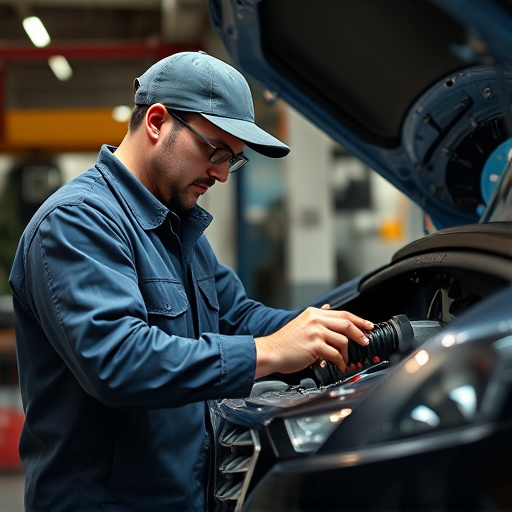
During a vehicle frame inspection, best practices include a thorough, systematic examination of all critical components. This involves assessing the alignment, straightness, and integrity of the frame, as well as checking for any signs of damage or deformation. Using specialized equipment like laser alignment tools can help ensure accurate measurements and precise repairs. It’s crucial to document each step, noting any pre-existing issues and recording the condition of various parts, such as the chassis, suspension, and body panels.
Common pitfalls to avoid include overlooking minor dents or dings that might not immediately appear significant. These can indicate underlying structural damage that could compromise the safety and performance of the vehicle. Another common mistake is skipping essential steps like checking tire alignment and services, which can affect handling and wear patterns. In the realm of vehicle repair, especially post-collision, addressing these seemingly small issues early on can prevent more costly repairs down the line. Remember, a meticulous approach, combining careful inspection with comprehensive documentation, is key to ensuring both the safety and quality of the vehicle’s restoration, encompassing aspects like car dent repair and tire services as part of the overall vehicle frame inspection process.
In conclusion, adhering to OEM guidelines for post-collision vehicle frame inspection is paramount for ensuring structural integrity and safety. By following key steps, implementing best practices, and avoiding common pitfalls, professionals can conduct comprehensive inspections that accurately assess damage and facilitate effective repair. Optimal vehicle frame inspections not only safeguard against potential hazards but also contribute to the overall quality and longevity of repaired vehicles.
